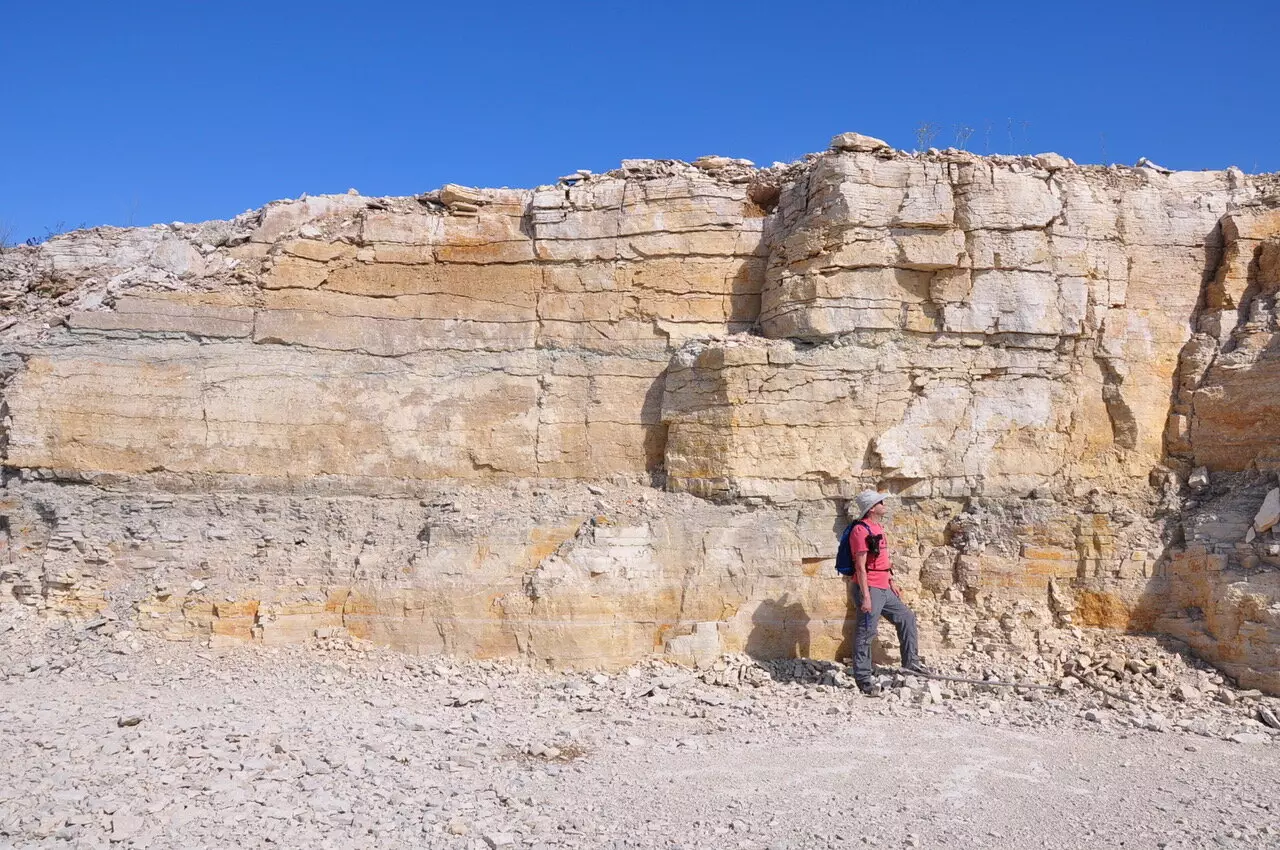In a groundbreaking study conducted by Dr. Brian Pratt and Dr. Colin Sproat from the University of Saskatchewan, evidence of a tsunami that occurred hundreds of millions of years ago in the ancient sea covering part of Western Canada and the northern United States has been uncovered. Despite the region not being known for coastal views or seismic activity today, during the Ordovician period 445 million years ago, Saskatchewan, Manitoba, Montana, and the Dakotas were submerged under a tropical, shallow inland sea known as the Williston Basin. The researchers discovered evidence of a high-energy event that had torn sediment beds into pebbles and mixed with clay at three sites near The Pas, Manitoba.
The Geological Significance of the Event
The presence of clay in the sediment beds indicated that the material had originated from the land rather than the sea floor, pointing to the occurrence of a tsunami. The seismic shockwaves that propagated through the ancient sea were likely triggered by active faults in the region’s crust. The wave would have caused the water at the shore to recede and then rush back in a relentless surge, scouring the rocky surface and depositing clay back into the sea. This event, although radical in interpretation, provides valuable insight into the geological processes that shaped the environment during that ancient time.
While the concept of a tsunami in a shallow inland sea may seem unconventional, the researchers at the University of Saskatchewan were able to provide substantial evidence for their claim. By studying newly exposed layers of the Williston Basin in quarries across Northern Manitoba, Pratt and Sproat gained a 3D perspective of the strata that was previously unavailable to past geologists. Through this new vantage point, they were able to rule out alternative theories such as storm deposits, as the region was too close to the equator at that time to have experienced hurricanes.
The discovery of this ancient tsunami not only sheds light on the geological history of the region but also provides a unique opportunity to study how geological processes impact ancient ecosystems. The Williston Basin, covered by an unusual sea atop the continent, offers insights into a bygone era where marine life flourished and diversified. By exploring other sites across Canada for similar evidence of seismic sea waves, researchers hope to uncover more about the geological forces that have shaped Earth’s history.
A New Perspective on Earth’s Past
The study by the USask researchers challenges traditional views of Earth’s geological history and provides a glimpse into a time when tsunamis may have played a more significant role than previously believed. By reexamining overlooked evidence in geological formations, scientists can gain a better understanding of the forces that have shaped our planet over millions of years. The ancient tsunami that shaped Western Canada serves as a reminder of the dynamic and ever-changing nature of Earth’s geological processes.


Leave a Reply